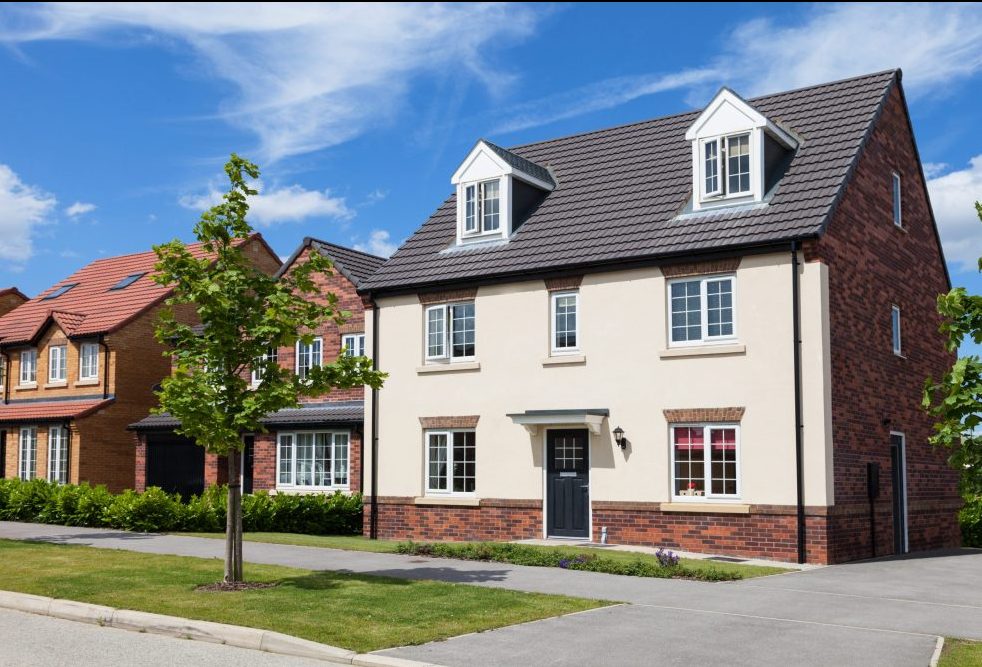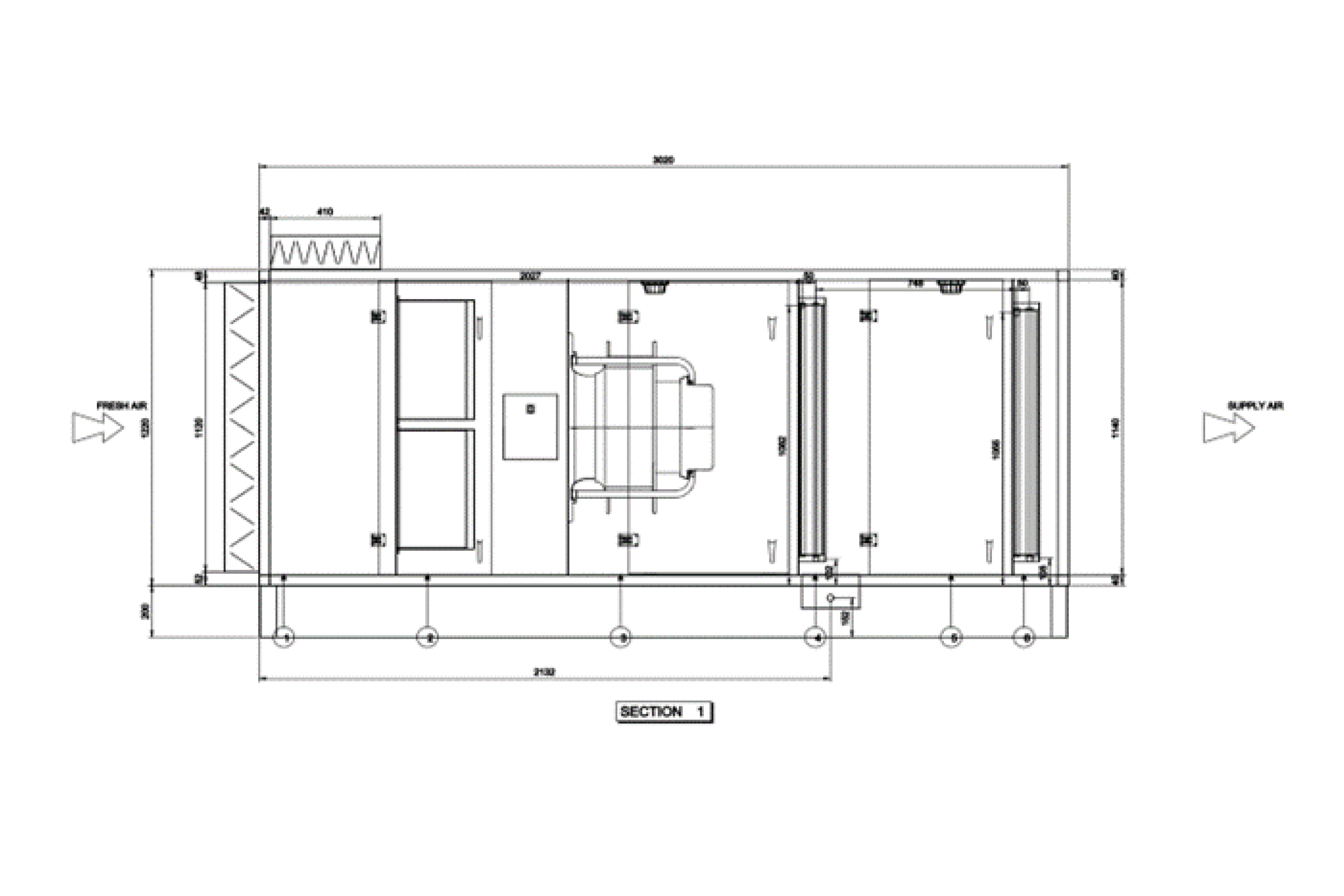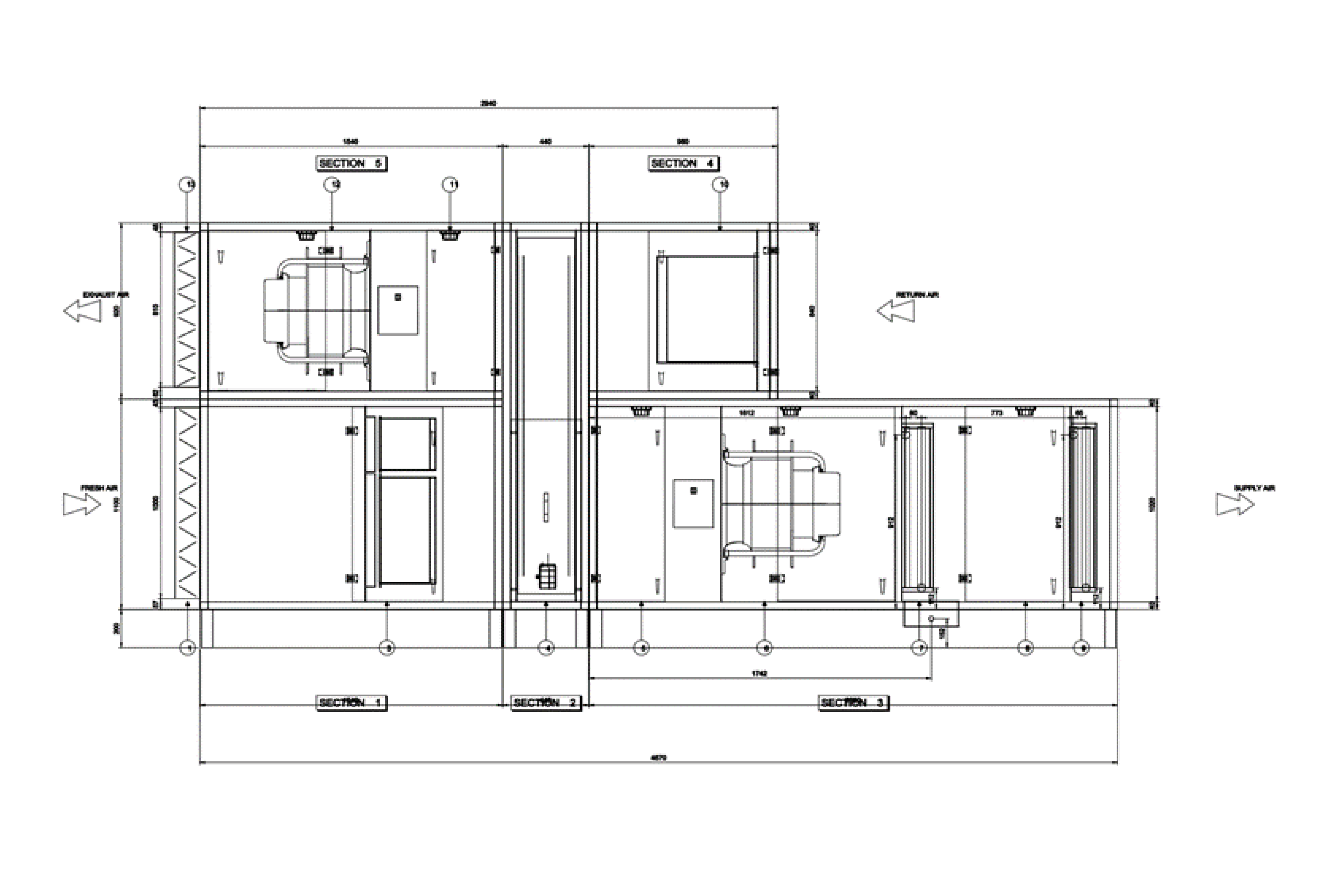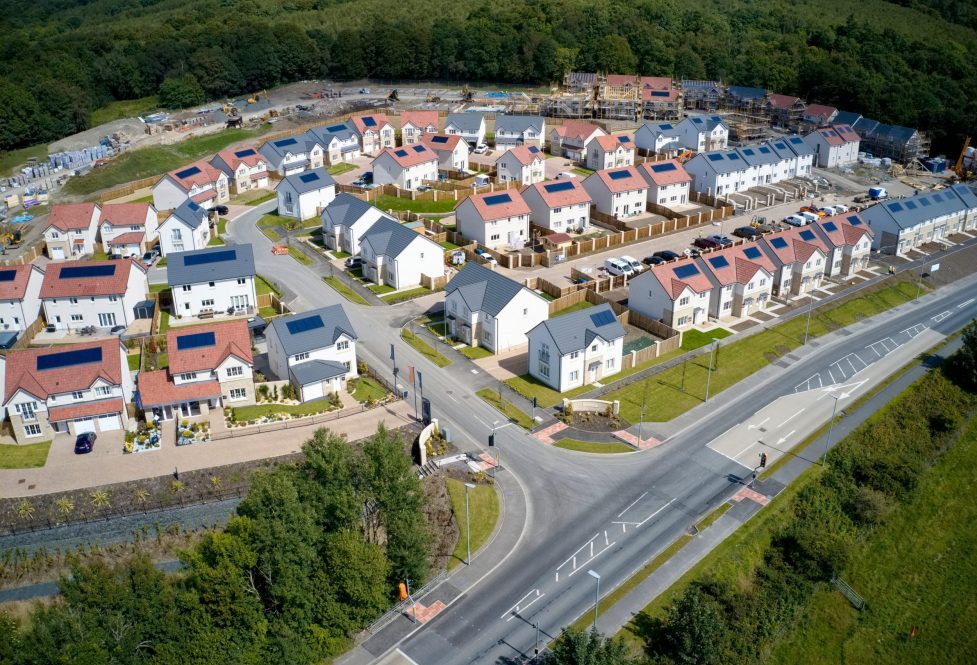Understanding ErP and Lot 6 in ventilation units
What is ErP?
ErP stands for ‘Energy Related Products’. This mandatory framework is supported by the Ecodesign Directive – which establishes a framework for setting the eco-design requirements for energy-related products.
ErP seeks to improve the energy efficiency standards of energy-related products through guidelines for design; helping to make these products more efficient, information more readily available, and aid with phasing out inefficient products.
What is the Ecodesign Directive?
The Ecodesign Directive of the European Union establishes a framework to set mandatory ecological requirements for energy-using and energy-related products sold in all 27 member states. Its scope currently covers more than 40 product groups, which are responsible for around 40% of all EU greenhouse gas emissions.
EU1253/2014 places particular emphasis on the energy efficiency of ventilation products with the aim of reducing the
greenhouse gas emissions and overall energy
consumption of all
ventilation equipment.
What is Lot 6?
The EU Ecodesign Directive is split into a number of different ‘Lots’. Lots create a focus on the products with the highest energy consumption and therefore the highest potential for energy savings.
The Lot 6 regulation concerns ventilation units. A highly relevant product area, since ventilation, heating, and air conditioning represent about 15% of the total energy consumption in the EU, and there is a wide variance in energy efficiency among the products on the market.

The scope of EU1253
EU 1253/2014 applies to Ventilation Units (VU), meaning an electricity-driven appliance equipped with at least one impeller, one motor, and a casing intended to replace utilised air by
outdoor air in a building or part of a building.
Ventilation units are split into two different classifications,
‘Residential Ventilation Units (RVU)’ and ‘Non-Residential
Ventilation Units (NRVU)’.
Residential Ventilation Unit (RVU)
- Maximum airflow rate does not exceed 250 m3/hr.
- Maximum airflow rate is between 250 m3/hr – 1000 m3/hr and the manufacturer has declared its intended use as being exclusively for a residential ventilation application.

Non-Residential Ventilation Unit (NRVU)
- A ventilation unit where the maximum flow rate exceeds 250 m3/hr. AND
- Where the maximum flow rate is between 250 m3/hr and 1000 m3/hr, the manufacturer has not declared its intended use as being exclusively for a residential ventilation application.

Both RVUs and NRVUs have 2 different unit types:
Unidirectional Ventilation Unit (UVU)
UVU means a ventilation unit producing an air flow in one direction only, either from indoors to outdoors (exhaust) or from outdoors to indoors (supply), where the mechanically produced air flow is balanced by natural air supply or exhaust.
I.e. 1 x airflow, 1 x F7 filter, 1 x fan = supply-only configuration.

Bidirectional Ventilation Unit (BVU)
BVU means a ventilation unit which produces an air flow between indoors and outdoors and is equipped with both exhaust and supply fans.
I.e. 2 x airflow (supply & extract), 1 x F7 filter (ODA), 1 x M5 filter

RVU and NRVU Requirements
RVU requirements:
- SEC, calculated for average climate, shall be no more than -20 kWh/(m2.a).
- Non-ducted units, including ventilation units, intended to be equipped with one duct connection on either supply or extract air side shall have a maximum LWA of 40dB.
- All VUs, except dual-use units, shall be equipped with a multi-speed drive or variable-speed drive.
- All BVUs shall have a thermal bypass facility.
- Ventilation units with a filter shall be equipped with a visual filter change warning signal.

NRVU requirements:
From 1 January 2018:
- All ventilation units, except dual use units, shall be equipped with a multi-speed drive or a variable speed drive. All BVUs shall have a
HRS. The HRS shall have a thermal by-pass facility. - The minimum thermal efficiency of all HRS except run-around HRS in BVUs shall be 73%.
- The minimum thermal efficiency of run-around HRS in BVUs shall be 68%.
- The minimum fan efficiency for UVUs (ηνu) is -6,2 % * lnput Power+ 42,0 % if P ≤ 30 kW and = 63,1 % if P > 30 kW.

